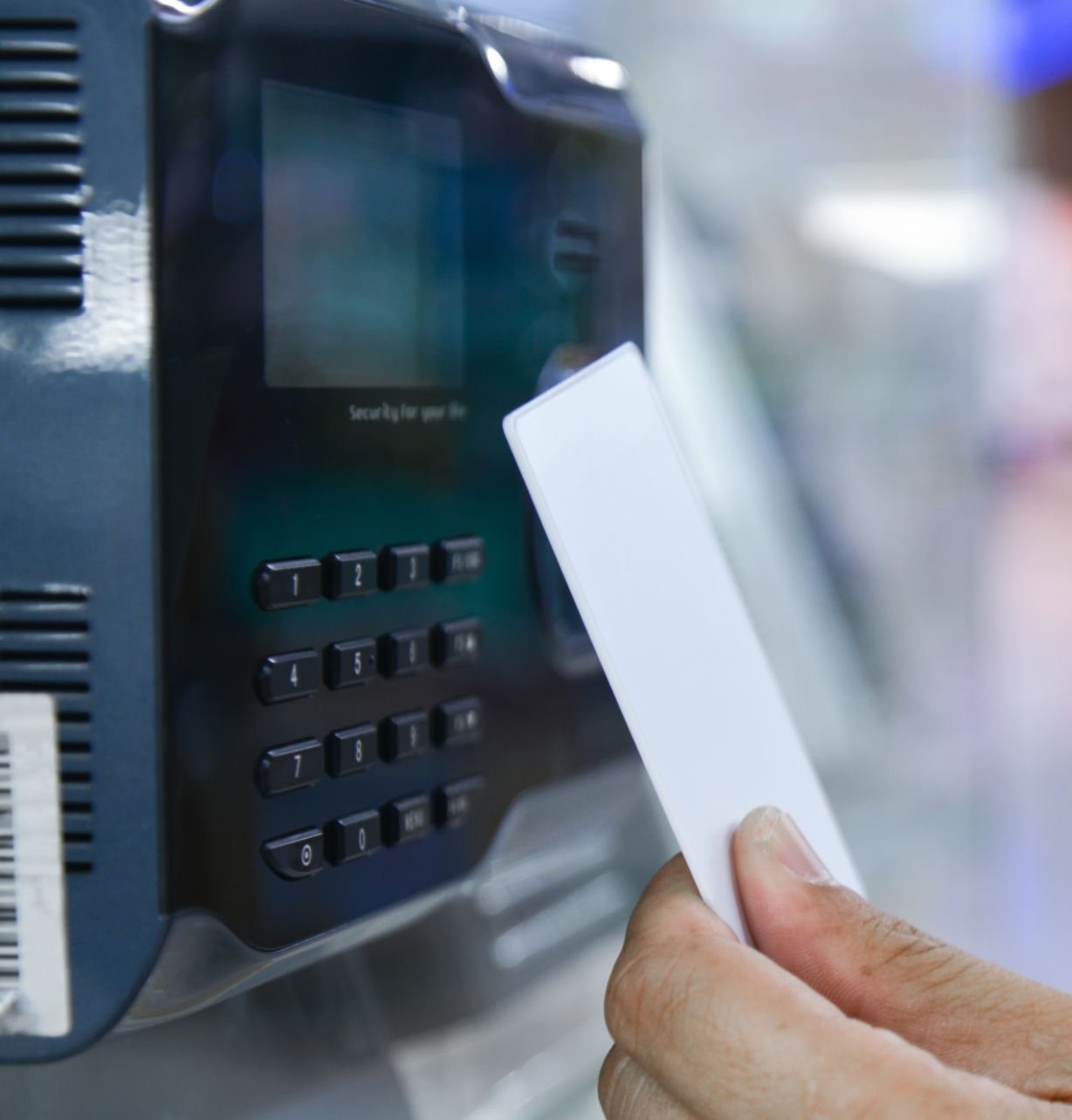Introduction
In today’s dynamic business environment, ensuring the safety and security of your premises is paramount. Vehicle access control systems play a crucial role in safeguarding your property against unauthorized entry and potential threats. Understanding the various types of access control systems available is essential for making informed decisions tailored to your business needs.
Understanding Different Types of Vehicle Access Control Systems
Various vehicle access control systems offer distinct features and functionalities to address specific security requirements:
Gate Barriers: Gate barriers are physical barriers used to control access into and out of a particular areas like parking lots , toll roads and factories . Polimek offers gate barrier solutions with arm lengths ranging from 3 meters to 6 meters to accommodate different roadway widths.
Bollards: Bollards are multi-functional, short and sturdy posts that control traffic flow, safeguard pedestrians and property, deter unauthorized access, and can even add aesthetic flair to an area. Polimek provides a range of bollard solutions, including both static bollards for permanent traffic control and Rising bollards for Vehicle Access needs.
Road Blockers: Road blockers are high-security barriers that rise out of the ground to block vehicle access points. Polimek’s road blockers boast K8, and K12 crash test certifications, ensuring they can stop even heavy vehicles in their tracks.
Under Vehicle Surveillance Systems : UVSS are essentially high-tech cameras that scan the undersides of vehicles as they pass. They look for hidden threats like bombs or contraband. Polimek offers both permanent and temporary security solutions with their Permanant and mobile Under Vehicle Surveillance Systems.
License Plate Recognition (LPR): It is is a technology that uses cameras to capture and read license plates, converting the image data into text. It’s like an automatic way to identify vehicles. Polimek’s license plate recognition system seamlessly integrates with existing vehicle access control systems, streamlining entry and exit for authorized vehicles.
Subtopic 1: Identify Which Areas Need Protection
Assess your premises to identify critical areas requiring vehicular access control, such as entrances, parking lots, and restricted zones. Prioritize locations based on their vulnerability and importance to your operations
Subtopic 2: Look at Security Risks
Identify potential risks like unauthorized access and vehicle theft. Use Polimek ALPR-100 for fast recognition of international number plates, customizable for different environments and enhanced with features like web-based database search and alarm systems.
Subtopic 3: Understand How People Move Around
Analyze pedestrian and vehicular movement for effective access control. Combine Polimek ALPR-100 with a Driver Recognition System for seamless authentication without disrupting traffic, using high-resolution cameras for clear documentation.
Subtopic 4: Decide on Security Levels
Define security levels for different areas. Employ Polimek’s RRB Road Blocker and UVIS-100 in high-security zones for physical barriers and vehicle threat scans, ensuring compliance with regulations and operational needs.
Subtopic 5: Plan for the Future
Choose scalable solutions anticipating future growth. Polimek’s Surface Mounted Under Vehicle Surveillance system, paired with their number plate recognition system, offers comprehensive vehicle monitoring and readiness for upgrades.
Subtopic 6: Follow the Law
Verify systems meet necessary certifications. Polimek’s certified products, like the HRB Road Blocker and HBD Hydraulic Bollard, adhere to M50 (K-12) crash test standards and anti-terrorism capabilities.
Subtopic 7: Think About the Users
Consider user convenience and training. Implement intuitive interfaces and provide comprehensive training for personnel. Utilize advanced technology like the Polimek PL-UVIS222 Under Vehicle Inspection System for enhanced security with simple operation.
Subtopic 8: Consider Costs
Evaluate the total cost of ownership, including installation, maintenance, and ongoing operational expenses, when comparing different access control options. Balance upfront investment with long-term benefits and security outcomes.
Subtopic 9: Technical Support and Training
Select suppliers or vendors offering comprehensive technical support and training services to facilitate smooth system implementation and operation. Access to expert assistance ensures optimal system performance and timely resolution of issues.
Conclusion
Choosing the right vehicle access control system is a strategic decision that requires careful consideration of various factors, including security needs, operational requirements, and regulatory compliance. By following a structured approach and prioritizing key considerations, businesses can effectively mitigate risks and safeguard their assets, personnel, and operations against potential threats. Partnering with experienced providers like Polimek Electronics ensures access to cutting-edge solutions tailored to your specific security challenges.






